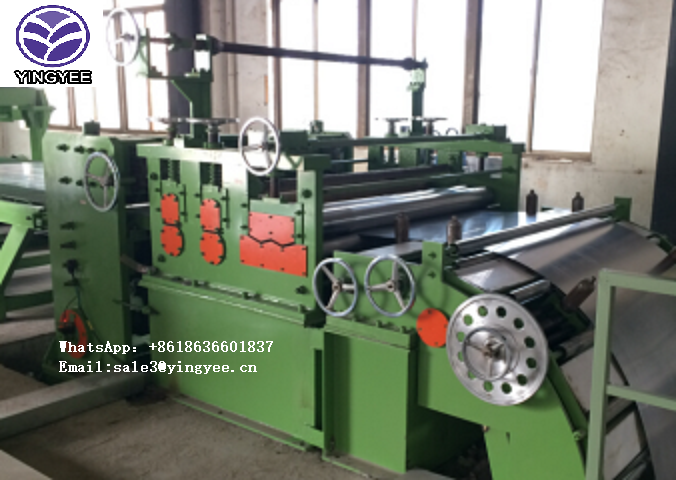
The Role of Cold Bending Machines in Highway Sound Barrier Construction
Highway noise pollution is a pressing issue in urban environments, affecting the quality of life of nearby residents. To combat this problem, sound barriers have become increasingly common on highways, serving as effective shields against noise. However, the construction of these barriers requires advanced manufacturing techniques, one of which is the cold bending machine. This article explores the role of cold bending machines in the production of sound barriers specifically designed for highways.
Understanding Sound Barriers
Sound barriers are structures designed to absorb, deflect, or redirect sound waves generated by highway traffic. These barriers can be made from various materials, including concrete, wood, and steel, and their designs are vital for maximizing noise reduction. The effectiveness of a sound barrier is determined by its height, length, and the materials used in its construction. Despite their benefits, constructing these barriers can be resource-intensive, which necessitates the use of efficient machinery.
What is a Cold Bending Machine?
A cold bending machine is a specialized piece of equipment that allows for the bending of metal and other materials at room temperature, which preserves the material's structural integrity. This process is crucial for creating the various shapes and profiles needed in sound barrier construction. Unlike hot bending, which can compromise some materials' physical properties, cold bending maintains strength and durability, making it ideal for the demanding conditions of highway environments.
Applications of Cold Bending Machines in Sound Barriers

1. Precision and Customization Cold bending machines can produce accurately shaped components that fit the specifications of various design requirements. This precision is essential for creating sound barriers that not only foster aesthetic appeal but also meet stringent engineering standards. It allows manufacturers to customize barriers to blend seamlessly into the surrounding environment.
2. Material Efficiency Utilizing cold bending machines reduces material waste. By accurately shaping metal panels and frames, manufacturers can optimize the use of materials, thus lowering production costs. This efficiency is particularly important when working with large-scale projects typical of highway sound barrier installations.
3. Increased Strength and Durability Cold bending enhances the strength of the materials used in sound barriers. Unlike hot bending, which can introduce weaknesses into the material, cold bending retains the natural properties of metals such as steel and aluminum. This results in sound barriers that can withstand harsh weather conditions, vehicular impacts, and other forms of stress.
4. Streamlined Production Processes Modern cold bending machines are often equipped with advanced technologies that enable automated production processes. This automation not only speeds up manufacturing times but also ensures consistent quality across batches. The ability to produce components rapidly is vital, considering the increasing demand for sound barriers in urban development projects.
5. Environmental Considerations With growing awareness of environmental issues, many manufacturers are seeking sustainable production methods. Cold bending machines help reduce energy consumption compared to traditional hot processes, aligning with industry goals for sustainability. Additionally, the longevity of products created through cold bending contributes to reduced waste.
Conclusion
Cold bending machines play an integral role in the construction and efficiency of highway sound barriers. Their ability to produce customized, strong, and durable components while minimizing waste makes them essential in meeting the growing demands for effective noise reduction solutions. As urban areas continue to expand, the importance of managing highway noise pollution will only increase, and innovative manufacturing technologies like cold bending will be at the forefront of developing effective response solutions. Through advancements in machinery and techniques, we can build a quieter future where residents can enjoy their surroundings without the interference of relentless highway noise.